
in some instances, it may be necessary to use head-worn boom-mic rigs in a given situation. In this case, several options are available. Boom mic rigs are manufactured by Countryman and Sennheiser, but they tend to be prohibitively expensive. I like to manufacture my own using standard RF rigging supplies and coat hangers which you can procure from your Wardrobe Staff. So many possibilites can be realized with some thought and creativity. We've included a couple of ideas below. *Note: Many folks have written in asking about the Hellerman tool, and more specifically, from where to procure one. The Hellerman tool is manufactured by RS Components, based in the UK, and in the United States I have been able to get them from both Masque Sound and Recording or ProMix.



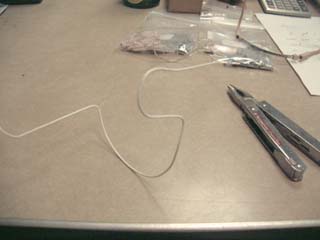
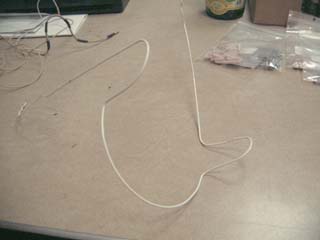

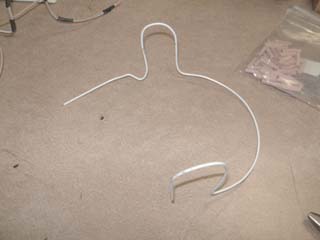


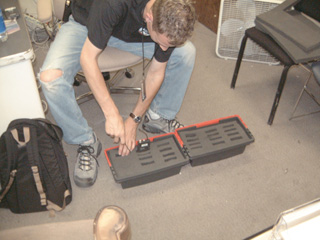


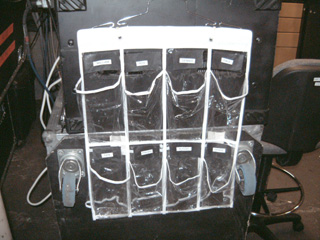
e-mail kai@harada-sound.com
KH 18.08.2001